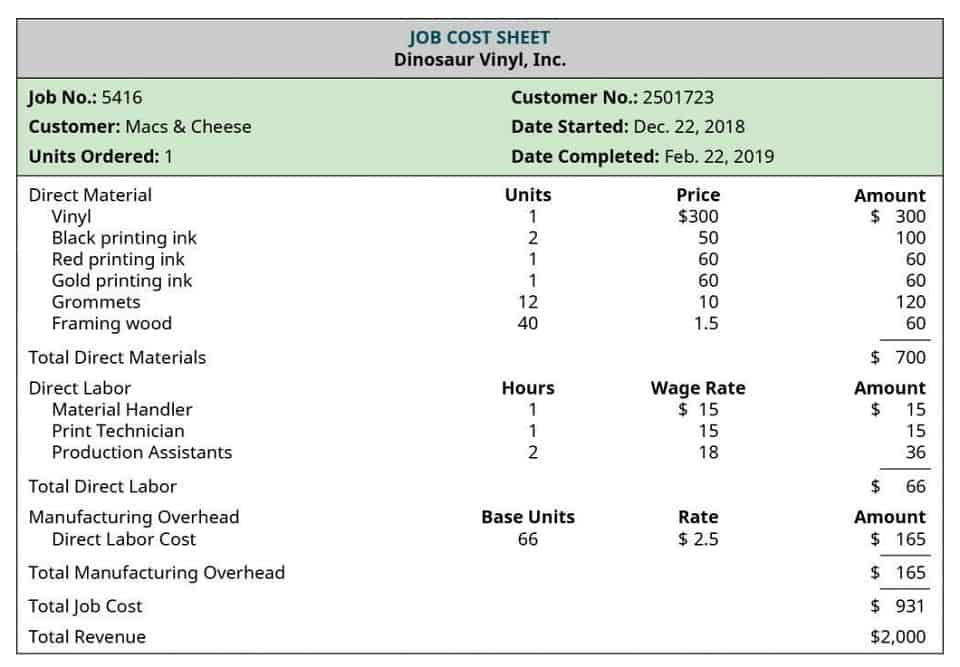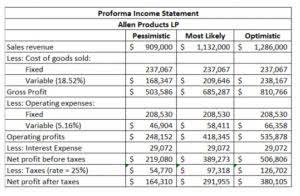
Both assets make up essential positions for a company’s financial success and strategic growth, thus making it very important that businesses properly manage and leverage these assets. The percentage of the total value of the S&P 500 index derived from intangible assets as of July 2020, according to a “Study of Intangible Asset Market Value” accounting by management consultants Ocean Tomo. When invisible assets do have an identifiable value and lifespan, they appear on a company’s balance sheet as long-term assets valued according to their purchase prices and amortization schedules. Intangible assets are critical to many businesses as they can significantly contribute to a company’s value and provide a competitive edge in the market. These assets are often the result of creativity, innovation, and branding efforts that distinguish a business from its competitors. The parties involved in a franchise arrangement are not always private businesses.
Other Resources

As a small business owner or solopreneur, it’s important to understand the value of an intangible asset and how it can be leveraged to help your business grow and succeed. In accounting terms, an intangible asset is a non-physical resource with a financial value that has been acquired by a third party. A company can develop intangible assets internally which can be very valuable, but these won’t be recognized on the balance sheet. The types of intangible assets with an indefinite life are the assets that Bookkeeping for Etsy Sellers generate cash flows for your business for an unlimited period.

How Do Intangible Assets Show on a Balance Sheet?
As you will see in the section on investments, Albemarle will recognize 60% of the income or loss from the joint venture on the income statement. Once you have viewed this piece of content, to ensure you can access the content most relevant to you, please confirm your territory. Quickonomics provides free access to education on economic topics to everyone around the world. Our mission intangible assets do not include is to empower people to make better decisions for their personal success and the benefit of society. Taxation of royalties adds complexity, particularly in international contexts. U.S. tax law treats royalties as ordinary income, subject to federal and state taxes.

Featured Product
- The primary differences are between tangible and intangible in terms of their existence, valuation, and usage in business operations.
- For example, accounts receivable and prepaid expenses are nonphysical, yet classified as current assets rather than intangible assets.
- Depreciation too spreads out the cost of the asset over its useful life.
- This content is for general information purposes only, and should not be used as a substitute for consultation with professional advisors.
- You control the asset if you hold the power to receive future economic benefits from that particular asset.
Furthermore, the possibility of future economic returns flowing from such intangible assets must depend on valid assumptions. These assumptions must be with regard to circumstances existing over the life of the asset. Remember, this recognition criterion applies to both self-created or intangible assets acquired externally. However, there exist additional criteria for self-created or internally generated intangible assets. Accordingly, the useful life assessment changes for such intangible assets. Further, you need to account for such changes so as to reflect them in your accounting estimates.
Protection for the patent owner begins at the time of patent application and lasts for 17 years from the date the patent is granted. The cost approach calculates the expenses involved in creating or replacing the asset, including research, development, legal, and marketing costs. While this method offers a tangible basis for valuation, it may not fully capture the asset’s future economic potential or unique advantages.
- Financial securities, such as stocks and bonds, are also considered tangible assets because they derive value from contractual claims.
- These assumptions must be with regard to circumstances existing over the life of the asset.
- Valuing intangible assets is challenging due to their non-physical nature and the uncertainty regarding future benefits.
- An intangible asset is an asset that does not have physical existence, and is not monetary, but is nonetheless of value to a person, business, or entity.
- (Pertinent factors that should be considered in estimating useful life include legal, regulatory, or contractual provisions that may limit the useful life).
- Intangible assets, on the other hand, represent non-physical assets, such as patents, copyrights, brand value, etc.
But it can also be purchased, say when a company acquires another company like Google taking over YouTube. Intangible assets with infinite life (versus finite life), including goodwill, are not amortized systematically. Instead, they are included on the balance sheet, as Apple has done, and periodically reviewed for impairment.
